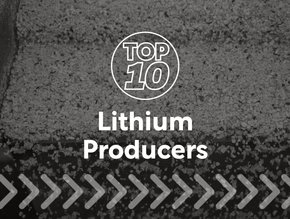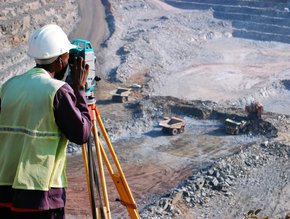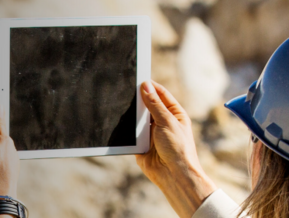Article
Top 10 mining_global
10 facts about Chiatura, Georgia, the mining village that time forgot
By Admin
September 05, 2016
undefined mins
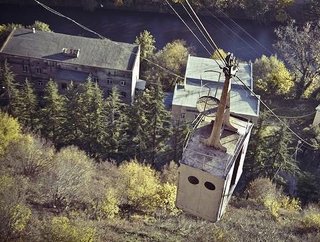
Mining has a rich history across the world. There are hundreds of abandoned mine sites and projects with decades, and in some cases centuries, of his...
Mining has a rich history across the world. There are hundreds of abandoned mine sites and projects with decades, and in some cases centuries, of history deep within that have had a say in the development of many modern mining practices today. But sometimes, a mine site or a village continues to operate – in this instance, Chiatura.
Chiatura, in Northwest Georgia, has made the news in recent weeks due to the fact that time seems to have quite literally stood still but production definitely hasn’t.
Here we take a look at 10 things you didn’t know about Chiatura
- During the 19th century, the tiny village, located in a mountain valley on the banks of the Qvirila River, was discovered to have layers upon layers of commercially exploitable manganese oxide, peroxide and carbonite.
- Extraction of manganese started in 1872 and seven years later in 1879 buildings and constructions appeared within the area under the leadership of Georgian poet Akaki Tseretetlli.
- Manganese production intensified at the site in 1895 following the construction of a railway connection between Chiatura and the port city of Poti, allowing manganese to be exported internationally
- By the time 1913 rolled around, Chiatura was a huge player in the exportation of Manganese, supply 50 percent of the world’s market
- World War I completely ground the manganese industry to a halt, with Georgian production only beginning again in 1921 with the establishment of the Soviet regime
- The village is catching the public eye due to its famous rope road. The cable car network, what locals call “Kanatnaya Doroga” was built in the 1950s. The road was installed to transport workers around the entire valley and up to the mines, literally covering all corners of the village
- To this day, 17 of the cablecars still work and unbelievable are still used on a daily basis
- The Soviet regime collapsed in 1991 and the production of manganese struggled to continue and the town suffered a great economic decline
- Today though, mine operations are still underway. Under the stewardship of Georgian American Alloys, the Chiatura Mine is capable of producing an estimated 261,000 metric tons of manganese ore per year
- As a result of its Soviet origins, the cable cars are sometimes referred to as “Stalin’s Rope Roads”
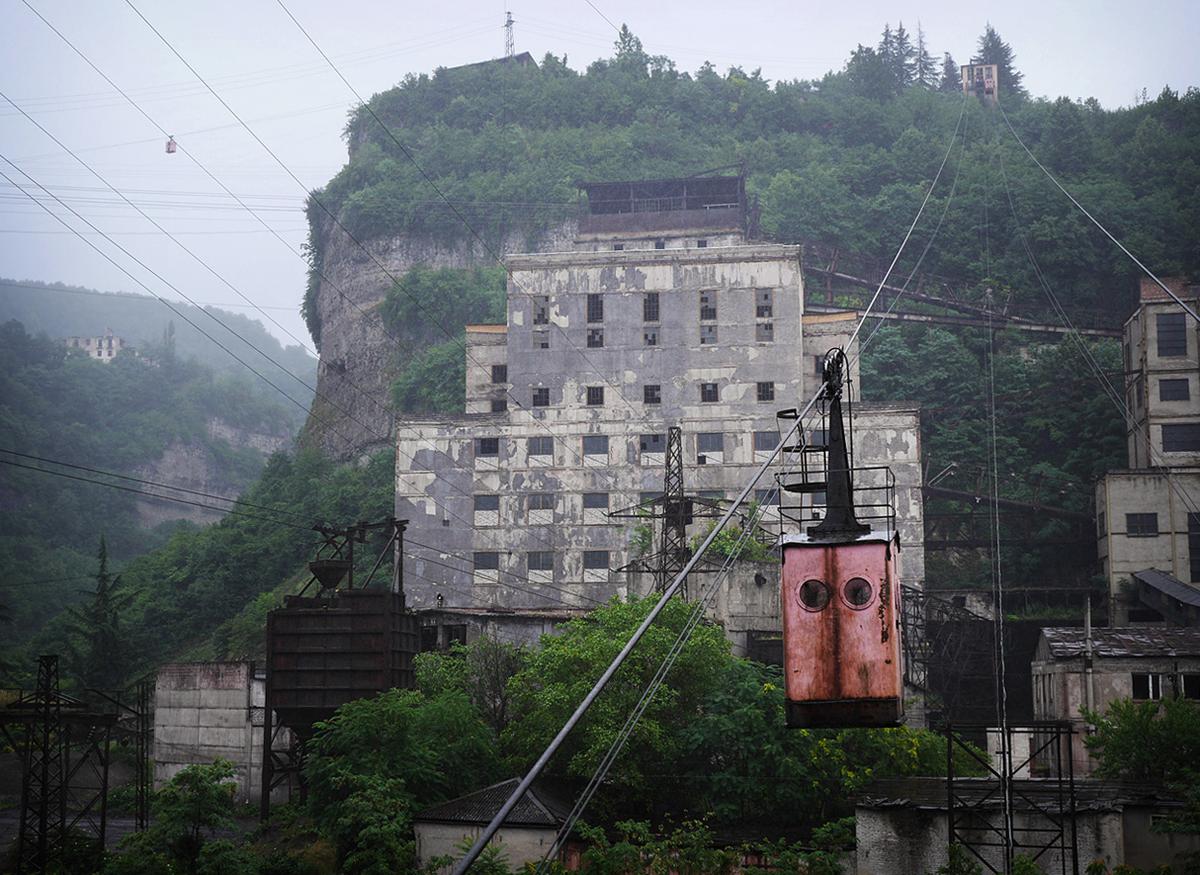
Photo: Amos Chapple/Rex Features
The September issue of Mining Global Magazine is live!
Follow @MiningGlobal
Get in touch with our editor Dale Benton at [email protected]
Share
Share


